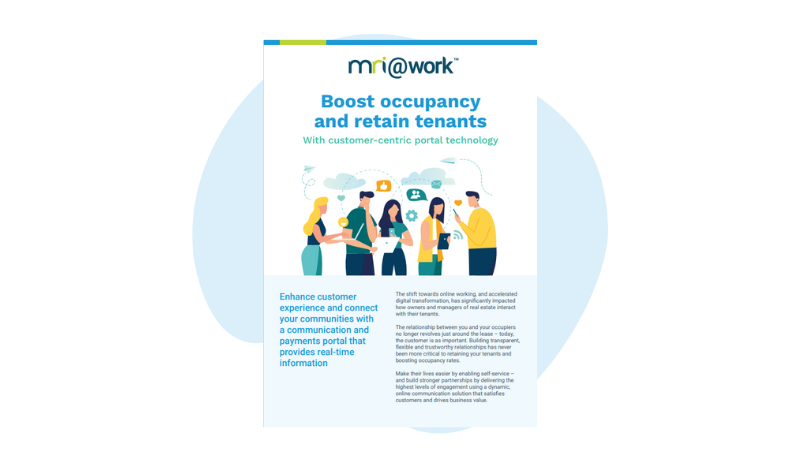How digital amenities are disrupting commercial real estate
The golden rule of “location, location, location” that has guided industry wisdom for years is no longer as simple as it seems. That principle has been asterisked dozens of times over to include clarifications regarding what kind of physical asset is being offered, whether or not the value proposition is worth it, and what kind of digital amenities are offered in any given commercial space.
On a recent episode of “Building Success: A Real Estate Podcast,” Dror Poleg of Rethinking Real Estate lays out how the commercial real estate industry is being changed by physical assets that have gone digital.
Disrupting a field dominated by physical assets with digital amenities
Physical assets are rapidly transforming into digital assets in the real estate industry, and an increase in technological advancement is at the core of this transition. In previous years, new talent, resources, and tenants could be drawn into a business with the promise of a good location on a particular street, comfortable physical amenities like chairs, and other physical assets. In today’s day and age, these things are no longer thought of as amenities and are considered a given. When a tenant hears the word “amenity” nowadays, they’re far more likely to envision digital and technological assets.
These technological assets can look like anything from special software programs, system capabilities, and the speed of Wi-Fi coverage. Digital assets have the power to completely change companies, and not just ones that rely technology to function. Take two large companies that went public in 2004 for example – Google and Domino’s Pizza. While Google relies mostly on the ever-changing flow of technology, one might be tempted to think that Domino’s did not inherently need big tech upgrades. However, with the addition of digital services that made ordering pizza easier for their customers, Domino’s stocks shot up by 2000%.
Space as a service
Of all the disruptive technologies that have risen in recent years, one of the most notable is “space as a service.” What initially started as a helpful tool for freelancers and millennials has now turned into a critical digital asset, and that’s good news for both tenants and managers in commercial real estate. With the increasing popularity of this digital asset, managers now have a chance to offer a new kind of space that can bring in significant business, and tenants have the opportunity to work on a more flexible basis.
With shared workspace companies like WeWork, the idea of space as a service goes far beyond established spaces specifically for office work. With brand new technologies, any space can be transformed into a digital workspace or even a quick rest spot. For example, a restaurant that’s closed on Sundays can bring in extra profit by flipping their space and setting up a shared workspace environment. Space as a service is the kind of disruptive digital asset that works for producers and consumers, and it’s the kind that players in CRE should be paying attention to.
How consumers will drive the market
The future of the commercial real estate industry is far broader than technology. Assets are becoming more dependent on operators. It’s no longer enough to have a great building in a great location, you’ve got to have a differentiated operator running that building. It’s all about adding value. New operators create value with how they run buildings, making a great working experience a must-have – not an amenity.
To learn more about commercial real estate, check out “Building Success: A Real Estate Podcast,” and also be sure to learn more about MRI Software’s offerings for commercial operators.
MRI Engage for @Work Brochure
Enhance customer experience and connect your communities with a communication and payments portal that provides real-time information The shift towards online working, and accelerated digital transformation, has significantly impacted how owners and …

